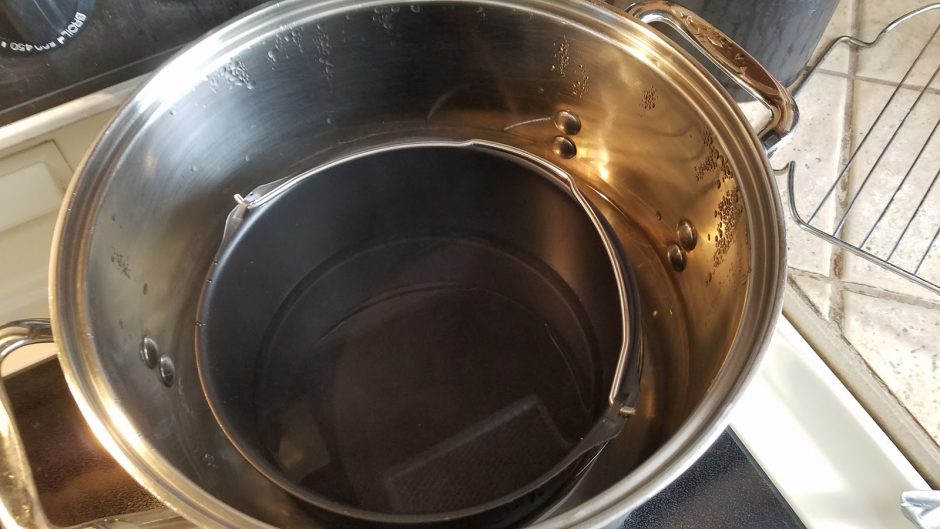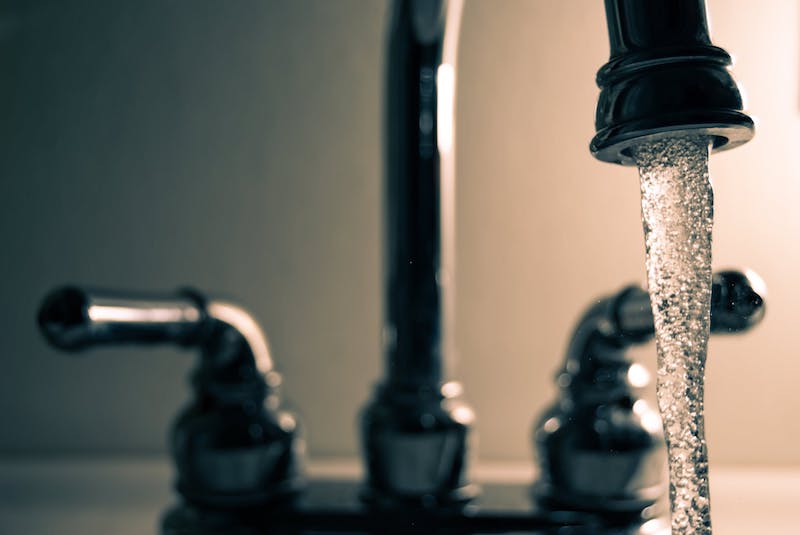Many of our electrophoresis labs require the use of deionized water, or DI water, to dilute buffer. Why can’t you just use tap water? Because tap water contains ions, which can degrade the electrical signal and affect the results of your run.
While you can use distilled water (which is a type of purified water which has been boiled into vapor and then condensed back into water), sometimes going to the pharmacy or grocery store is not an option. Did you know you can easily turn tap water into distilled water at home?
Here’s how to make distilled water for electrophoresis labs at home in about 20-30 mins
Kitchen appliances needed:
1 large pot with lid
1 smaller pot/pan/heat proof container
Tap water
Ice
Instructions:
- Place a small pot or pan or heat proof container into a larger pot on your stovetop.
- Add water to the outer larger pot, filling it about 2/3 of the way, being careful not to get water into the inner pot.
- Turn the lid of the larger pot upside down and place over the 2-pot system, and turn the heat on. When the water in the larger outer pot boils, the steam will rise and condense on the lid. By turning the lid upside down, the condensed steam will collect and gravity will pull it down to the center of the lid, then drip down into the smaller container.
- Add ice to the upside down lid to make the steam condense faster.
- Let the water and the pots cool before you remove the inner container with your distilled water.

In about 20-30 minutes, you should have one cup of distilled water.
Make sure you use a pot holder or wait for everything to cool down, and set a timer to remind yourself that you have something on your stovetop!




